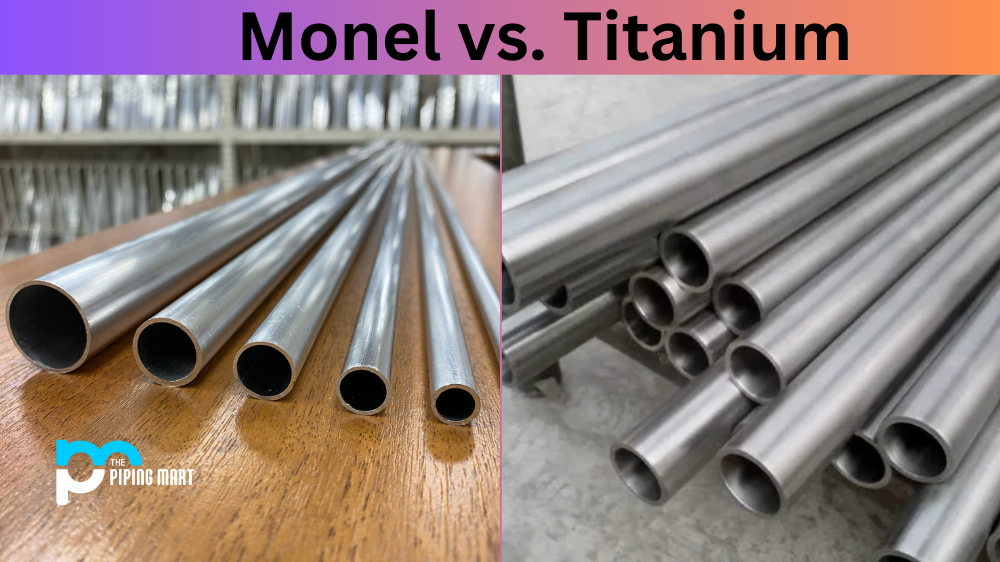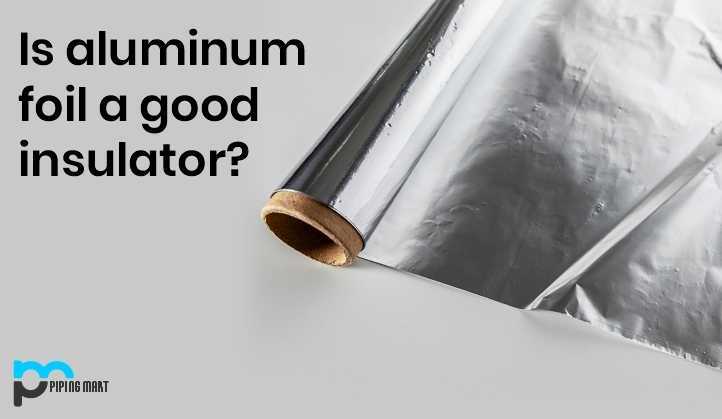Copper wire is a great choice for projects that require high electrical conductivity, but the soft material can be difficult to work with. Fortunately, copper wire can be hardened using a variety of methods. This guide will provide an overview of the various ways to harden copper wire, so you can make sure your projects are durable and long-lasting.
Annealing
Annealing is the process of heating and cooling metal objects in order to change their properties. When it comes to copper wire, this process involves heating the wire until it becomes soft and then allowing it to cool slowly in order to make it more durable. It’s important not to heat the metal too much—this could cause it to become brittle and break easily. For best results, use a low flame and keep the heat away from direct contact with the metal until it becomes soft enough for shaping. Once heated, allow the metal to cool naturally over several hours or overnight.
Work Hardening
Another method of hardening copper wire is called work hardening. This involves bending or hammering the wire until it becomes harder and more durable. To work-harden your copper wire, start by clamping one end of the metal securely in place on a flat surface like a table or countertop. Then use pliers or a hammer to bend or shape the other end of the metal into whatever design you need for your project. Keep repeating this process until you have achieved your desired hardness level—but remember that too much hammering can cause brittleness and breakage, so don’t overdo it!
Tinning
Tinning is another method used for hardening copper wires. This involves coating them with tin alloy, which helps protect them from rust, corrosion, oxidation, and tarnish while also making them easier to solder onto other materials like aluminum or steel alloys. To tin your copper wires, you will need access to a soldering iron as well as some solder flux (a paste-like substance that helps create strong bonds when heated). Start by applying flux evenly onto both ends of the copper wire before heating them up with your soldering iron until they become hot enough for you to add small amounts of solder onto each end of the cable one at a time in order for them to fuse together securely with tin alloy layers between them and providing further protection against corrosion and oxidation.
Conclusion:
Hardening copper wires isn’t always easy—but fortunately, there are several methods available that can help make this task easier while also ensuring that your projects last longer than they would otherwise without being properly protected against wear and tear caused by environmental factors such as oxidation and corrosion. Whether you choose annealing, work hardening, or tinning as your preferred method for hardening copper wires, these steps should help ensure that your projects stand up against all kinds of wear and tear over time! Good luck!

Pipingmart is B2B portal specializes in industrial, metal and piping products. Also, share latest information and news related to products, materials and different types grades to help business dealing in this industry.




